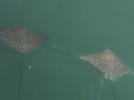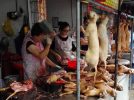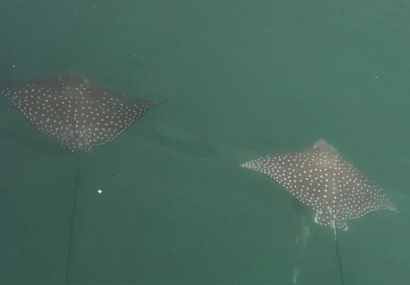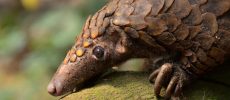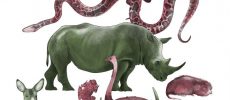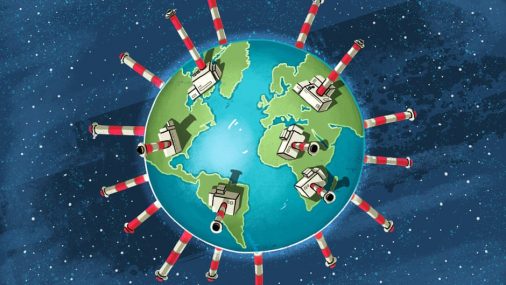
When I get stressed, a patch of annoying red eczema appears on the inside of my upper right arm. The doctor gives me some cream to rub on it, but I also know that to stop it coming back I have to deal with the underlying problem.
Too much information, you’re thinking, but let me make the analogy. The reason we shouldn’t call the Sars-CoV-2 virus causing global misery the “Chinese virus” is the same reason I shouldn’t blame my eczema on my upper arm: there is clearly a superficial weakness there, but the real cause lies elsewhere.
All the evidence gathered to date suggests that the now notorious Chinese “wet markets” – places selling live and dead animals for human consumption – provide an opportunity for coronaviruses to jump easily from animals to people. It happened with the Sars-CoV virus in 2002-3 – which was contained before it caused a pandemic – and it has happened again with its close relative, Sars-CoV-2.
But to understand why the emergence of such zoonoses – human infections of animal origin – has accelerated in recent decades, you have to understand the forces putting those viruses in our path. They are political and economic. They have to do with the rise of industrial-scale farming concerns in China and the resulting marginalisation of millions of smallholder farmers. In order to survive, those farmers have moved into the production of more exotic species – animals that were once eaten only for subsistence. But the bigger operations have pushed the farmers out geographically too, as they have taken up more prime farming land. The smallholders have been forced closer to uncultivable zones such as forests, where bats – reservoirs for coronaviruses – lurk. The stars have aligned, and not in a good way, to channel bat viruses through intermediate mammalian hosts such as pangolins, and into humans.
Even so, to play devil’s advocate for a moment, the problem could still be regarded as uniquely Chinese. But there are two reasons why that’s not true. First, with the opening up of China, its agribusiness has ceased to be wholly Chinese-owned. It is a big recipient of foreign direct investment. Second, as the American pandemic expert, David Morens, and his colleagues pointed out last month in the New England Journal of Medicine, we’ve been watching a similar drama unfold over a much longer timescale with influenza – the disease that has caused more pandemics in the history of humanity than any other.
Flu viruses that infect animals, including poultry and pigs, have periodically spilled over into humans ever since we domesticated those animals millennia ago. But the factory farms that produce our food today ratchet up the virulence of those flu viruses just before they spill over. This ratcheting up has been documented in Europe, Australia and the US more than it has in poor or emerging economies, and it’s what gave rise to the last flu pandemic in 2009. The first cases of that pandemic were recorded in California, but nobody calls it the American flu – and it’s right that they don’t, if only because American farms aren’t wholly American-owned either. China, for one, has invested in them.
Read more on The Guardian, Featured Illustration: Eva Bee
 Previous Article
Previous Article Next Article
Next Article

